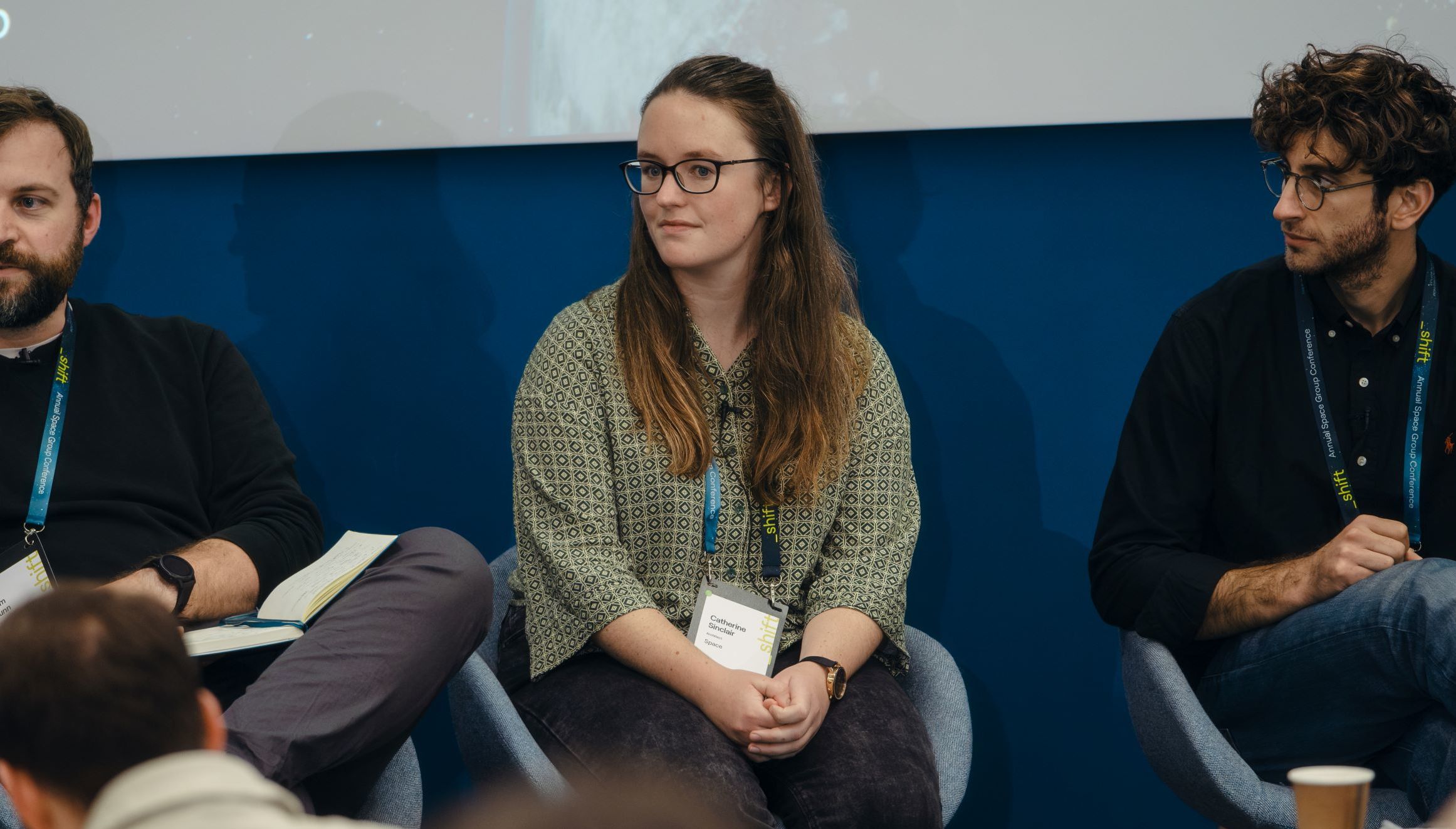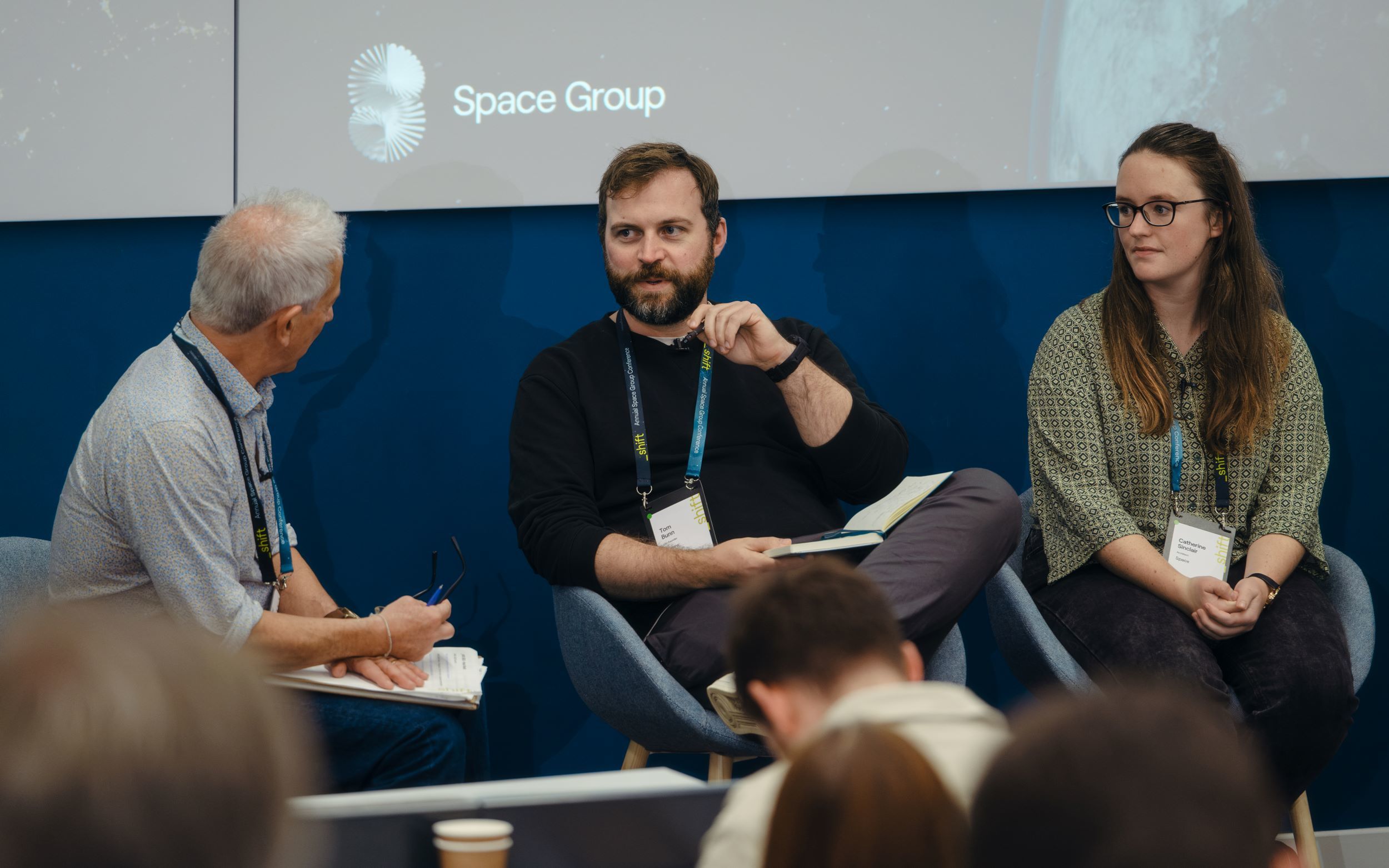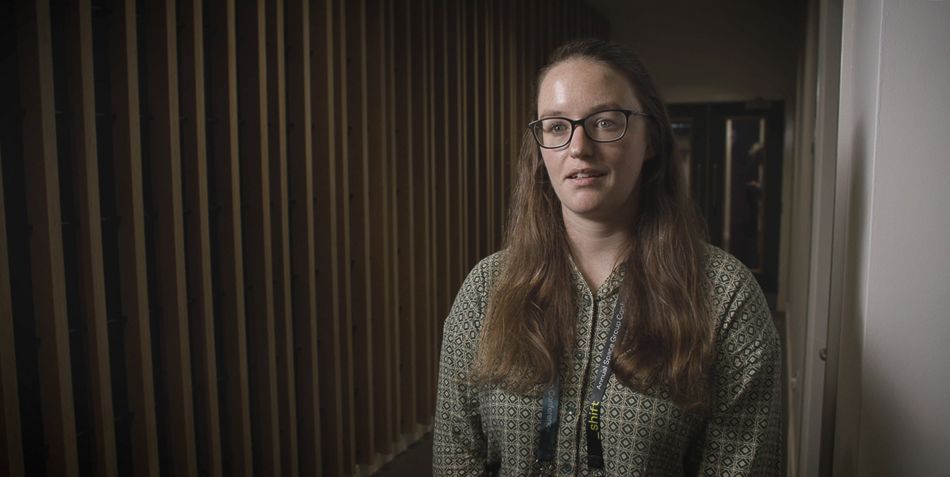

One of Sinclair's recent achievements involves her ground-breaking research on the incorporation of post-consumer Polyethylene Terephthalate (PET) mesh into concrete bricks. Through meticulous experimentation, Sinclair discovered that integrating post-consumer PET not only enhances the tensile strength of concrete but also minimises its environmental impact. This innovative approach not only addresses the pressing issue of plastic waste but also contributes to the sustainability of construction materials.
"Incorporating post-consumer PET into concrete bricks represents a paradigm shift in sustainable construction practices," Sinclair explains. "By repurposing plastic waste, we not only mitigate environmental harm but also create materials that are stronger and more durable."

Reflecting on her initial discoveries, Catherine remarks, "I was very surprised at how, across the industry, very little thought is given to whole life carbon during the early stages when it can make the most difference." Her observations underscore the critical need for integrating carbon analysis into the early stages of architectural design, a sentiment echoed by many. Sinclair's proactive approach to addressing this gap in practice exemplifies her commitment to effecting meaningful change in the architectural landscape.
"Incorporating carbon analysis into the early stages of design is essential for mitigating environmental impact and creating truly sustainable buildings," Sinclair emphasises."By integrating these considerations from the outset, we can optimise design decisions and pave the way for a more sustainable future."
In addition to her research, Catherine has also contributed to academic discourse by delivering lectures on reducing whole-life carbon to architecture students at Northumbria University. Back in November, she also represented SPACE at our annual _shift conference as a member of this year's "Building a Better Future: Reducing Embodied Carbon" panel. This multifaceted approach to knowledge dissemination underscores Catherine's dedication to fostering a culture of sustainability within the architectural community.
Catherine concludes,"We have a responsibility to design buildings that not only meet the needs of today but also safeguard the planet for future generations. By embracing sustainable practices and innovative technologies, we can create a built environment that is resilient, regenerative, and truly sustainable."
As Catherine continues to chart new territories in sustainable architecture, her pioneering spirit serves as an inspiration. With her unwavering dedication and innovative approach, she is poised to shape the future of architectural practice and usher in an era of sustainable design excellence.
You can find Catherine's panel discussion and Q&A videos on her Space Group profile here, where you can also learn more about our annual conference _shift.

